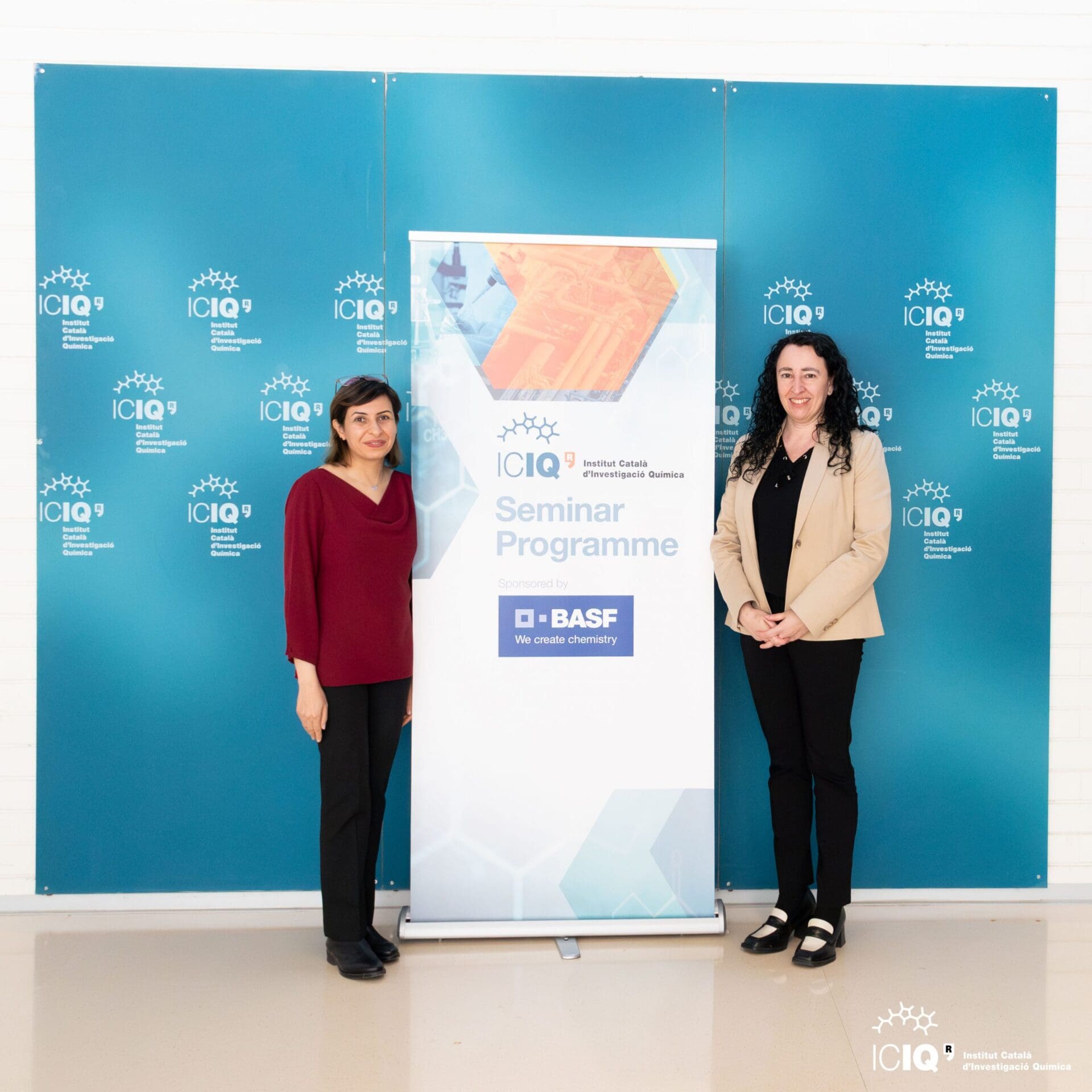
 22/03/2024
22/03/2024
 11:00 h
11:00 h
- Lecturer: Prof. Conchi O. Ania
- University: CEMHTI Laboratory, Orléans, France
- Sponsored by:

Photo(Electro)Catalysis with Carbon Materials: The Roles of Nanopore Confinement and Surface Chemistry
Metal-based catalysis is ruling the world’s most important industrial processes in the fields of energy conversion/storage and environmental protection (e.g., fuel cells, batteries, supercapacitors, water splitting, carbon dioxide conversion into fuels, nitrogen fixation). However, it faces multiple disadvantages related to the high cost of precious metals (very often most active ones), the uneven geographical distribution of their reserves, and the limited durability due to poisoning during operation. Replacing metallic catalysts with metal-free abundant materials has become a priority of most research programs to boost sustainable and renewable solutions towards current energetic and environmental challenges.
Among different alternatives, the use of carbon materials as alternatives to metallic catalysts in photo- and electrocatalytic applications has become an active research area, with many different forms of carbon (graphene, carbon nanotubes, carbon nitride, porous carbons) having shown high catalytic activity and better performance and durability than certain state-of-the-art non-precious metal catalysts for energy conversion/storage and environmental protection [1]. While substantial progress has been made in the synthesis of carbon materials, efforts are still needed to rationalize the interplay between their catalytic performance with the porosity and surface chemistry.
In photocatalytic applications, nanopore confinement seems to be critical to obtain high photochemical quantum yields in a high number of oxidation and reduction reactions [2,3], with strong evidences on the light activation of optically active sites with the formation medium-to-low range excitons in the vicinity of those pores. The stabilization of photogenerated excitons (π–π*, σ–π dominant electronic transitions) through charge transfer reactions in the nanopores enables molecular transformations of interest. Indeed, the lifetimes of excited carriers in nanoporous carbons can be several orders of magnitude higher than those reported for graphene, which is known to exhibit a very low photochemical reactivity. The challenge is yet the switching photocurrent control in nanoporous carbons at the molecular level, which would open new possibilities for the design of photovoltaic and optoelectronic devices based on nanoporous carbons.
In electrocatalysis, an efficient carbon catalyst is expected to display two main characteristics: (i) an adequate nanopore architecture of interconnected channels of adequate dimensions to boost electrode-probe interactions, and (ii) a balanced composition with surface functional groups capable of activating the probe molecules, while preserving wettability and/or electrical conductivity [4-6]. To unravel the practical feasibility of nanoporous carbon-based catalysts, two major directions should be considered. The first one is related to discriminating the roles of porosity and surface chemistry, since both parameters seem to be relevant strategies to promote enhanced conversions efficiencies, as well as selectivity. A second major direction is related to the reporting of electrocatalytic data: Faradaic efficiencies, production rates and long-term stability and operation performance of the electrodes should be reported to allow a proper comparison and screening of porous carbon electrocatalysts.
The purpose of this communication is to perform a rational analysis of the photo-electrocatalytic activity of nanoporous carbons, providing a comprehensive interpretation of the origin, reactivity and stabilization pathways of the charge carriers, as well as perspectives of utilization on electrochemical reactions of relevance such as the: i) reduction of CO2; ii) fixation of N-compounds (e.g. nitrogen, nitrate); iii) hydrogen peroxide and electrofenton for the degradation of pollutants [1-3].
Funding Acknowledgements: ERC Consolidator (PHOROSOL, 648161); H2020 (Project Ô, 776816); region Centre Val de Loire (MATHYFON, MOSAIK); LEAP-RE (Nanosolarcells); Spanish Ministry (CTM2014/56770-R, CTM2011/23378I00).
References
[1] Carbon-Based Metal-Free Catalysts. Design and Applications, 2 vol. (Dai, Edt.), Wiley-VHC, Sept. 2018.
[2] A. Gomis-Berenguer, L.F. Velasco LF, I. Velo-Gala I, C.O. Ania , J. Colloid Interf. Sci. 490 (2017) 879.
[3] T.J. Bandosz, C.O. Ania CO, Adv. Sci. 5 (2018) 1800293.
[4] Gomis-Berenguer et al. Current Opinions in Electrochemistry 40 (2023) 101323
[5] Muñoz-Morales et al., Carbon 210 (2023) 118082;
[6] Poza-Nogueiras et al. J. Envir. Chem. Eng. 10 (2022) 107506.
Other events

Let's create a brighter future
Join our team to work with renowned researchers, tackle groundbreaking
projects and contribute to meaningful scientific advancements




















